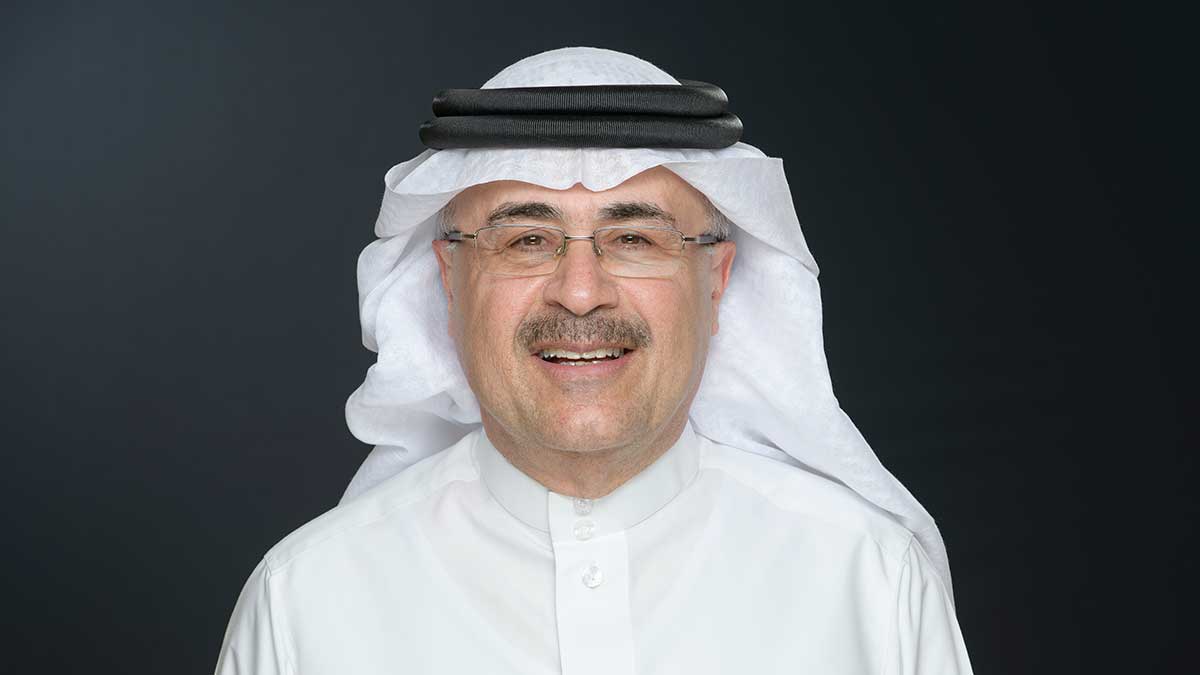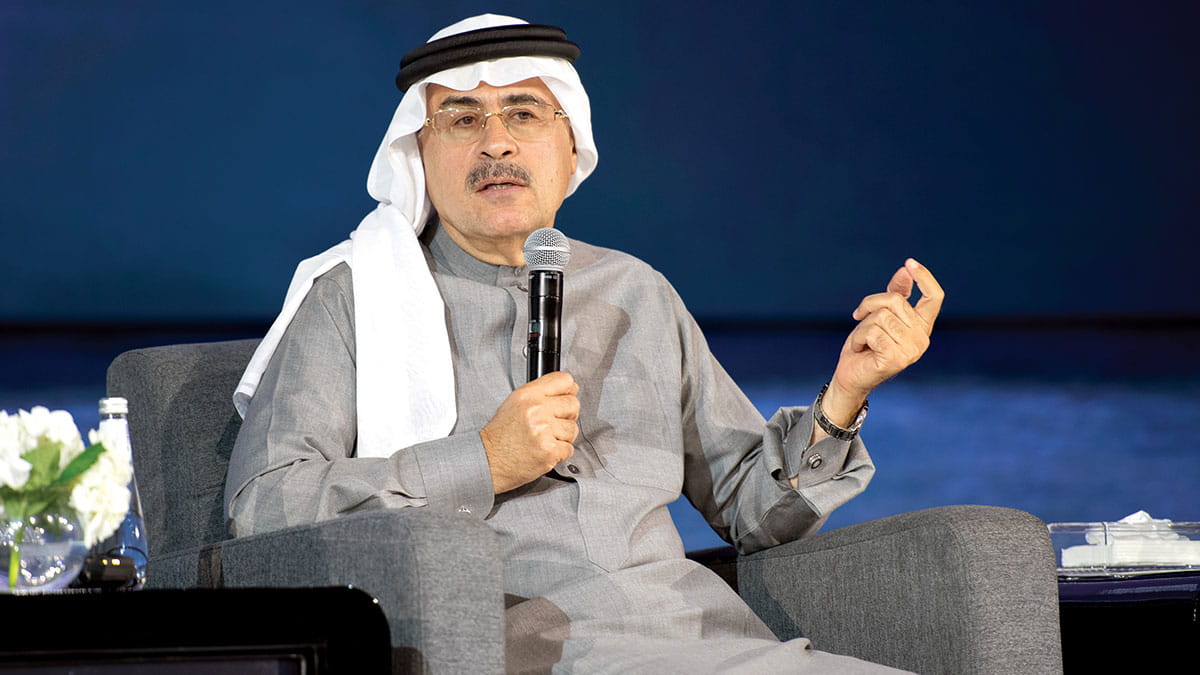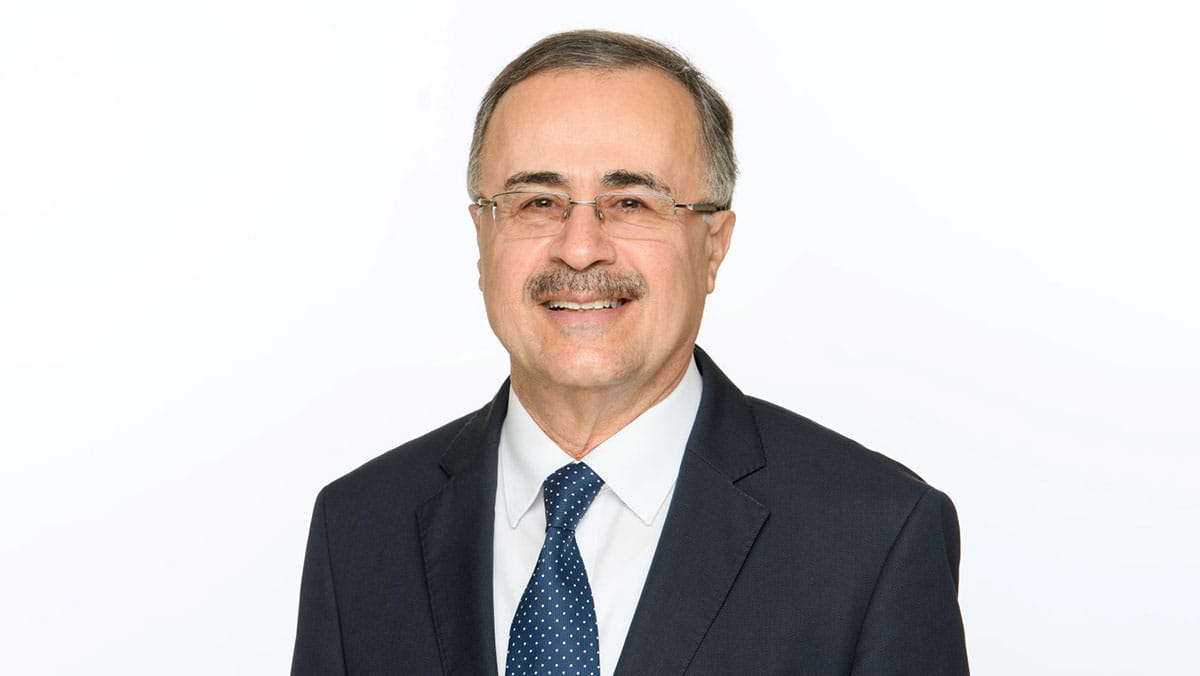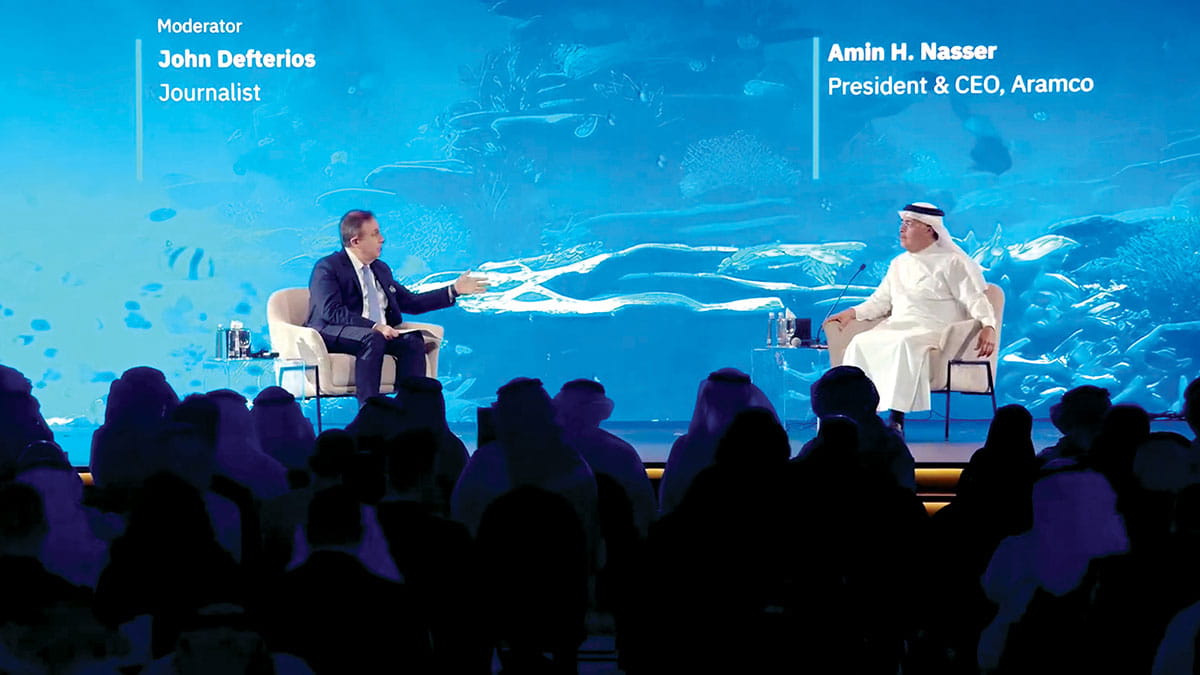
The Right Honorable Dato’ Seri Anwar Ibrahim, Prime Minister of Malaysia, Your Excellencies, Distinguished Guests, Ladies and Gentlemen, good morning.
It is a pleasure to be in Kuala Lumpur, especially on the eve of Eid al-Adha. We are greatly honored that the Prime Minister could join us today.
I am also grateful to Tan Sri Tengku Muhammad Taufik and his team for their warm hospitality, and for organizing this timely conference.
Let me first say a few words about the current energy market environment, which has been complicated by the conflict in Ukraine. Overall, we believe that oil market fundamentals remain generally sound for the rest of the year.
Despite the recession risks in several OECD countries, the economies of developing countries – especially China and India – are driving healthy oil demand growth of more than 2 million barrels per day this year.
This is high by historical standards. And although China is facing some economic headwinds, the transport and petrochemical sectors are still showing signs of demand growth.
So we are optimistic about the market’s prospects for the rest of the year. And once the broader global economy starts to recover, supply-demand balances will likely tighten further.
But my main comments this morning focus on Asia’s energy future. How Asia’s priorities should be better reflected in the global energy transition debate. And how Asia’s and Aramco’s views on future energy align.
Let me begin with Asia’s rising economic dominance. The region now accounts for 46 percent of world GDP and is on track to reach half by 2050.
Conversely, North America’s share is under 20 percent, while the EU’s is just 15 percent.
People in Asia are increasingly better off too, with GDP per capita rising from just a thousand dollars in 1980 to over eighteen thousand dollars today. And by 2050, three of the five largest economies in the world are expected to be Asian, with growth rates in emerging markets predicted to be twice as strong as developed economies.
These are seismic changes.
But when it comes to the energy transition, I do not believe the interests of this dynamic region are being adequately reflected in the popular energy transition narrative and current transition policies.
Existing transition policies rightly attempt to address environmental sustainability. However, the equally critical issues of energy security and affordability are under-emphasized.
We also know from experience that energy transitions are a complex, multi-generational process. Completely transforming a $100 trillion global economy in just a quarter of a century is fanciful.
And the same energy transition policies should not be applied to every nation, or it will severely affect the competitiveness of those who are not at the same economic maturity level.
All of this is relevant to the whole of Asia. In addition, the under-developed parts of Asia face particularly challenging realities.
For example, almost half of the region, or 2 billion people, do not have access to clean cooking fuels, damaging health and the environment. And 150 million people have no access to electricity; 350 million have only limited access; while almost a billion experience frequent power interruptions.
So it is a very diverse picture. In some parts of Asia, many still need basic access to energy to lift them out of poverty.
But as a rising economic powerhouse with a rising population, Asia needs increasing amounts of proven energy to keep its growing middle class growing. And that path to prosperity is increasingly threatened by current transition policies.
Even at the tip of the transition spear, the picture is hardly rosy.
For example, despite the welcome additional contributions from electric vehicles, solar, and wind over the past decade, their growth has not even met the growth in global energy consumption.
And the energy equivalent cost of green hydrogen is still in the range of $200 to $400 per barrel, compared with the current oil price of around $75. So demand for conventional energy like oil and gas has continued to increase, while coal remains the world’s largest source of electricity.
The prevailing narrative and current transition policies have already caused a decade of under-investment in oil and gas. When shocks occur, such as the conflict in Ukraine, it is not surprising that an energy crisis for many is the result.
And if you put all your transition eggs in the new energy basket, you are scrambling when that basket cannot carry the load!
The one silver lining is a growing realization that to address energy security and affordability as well as environmental sustainability, global transition policies must be more pragmatic, orderly, and inclusive.
That should encourage different forms of energy to run in parallel while scaling up alternatives to do more. With intensified global efforts, led by our industry, to further reduce the carbon footprint of conventional energy.
This includes the powerful instrument of efficiency enhancement. What would also help Asia is the acceptance of a multi-speed transition model. And proper levels of financial support for developing countries to help them adapt to climate change and transform energy systems.
Thankfully, consensus is starting to build around this change of course.
Large Asian energy consumers like China and Japan are already stressing that transition policies must be realistic as well as inspirational. And that new energy must be ready before reducing reliance on the old.
Others stress that the path to carbon neutrality should be diverse, because the world has different economic and energy situations. But a lot more needs to be done for this pragmatic approach to become a worldwide reality.
I see this as Asia’s great opportunity to speak louder and more clearly about its unique transition priorities. Asia’s transition voice should match its economic voice.
At Aramco, we are turning this pragmatic approach into action.
For example, we are continuing investments in our upstream to help respond to the worrying global under-investment in oil and gas. We are also intensifying efforts to reduce our relatively low upstream carbon intensity.
And we are working on multiple technological fronts with the aim of reducing GHG emissions from conventional energy, such as CCS, Circular Carbon Economy, and Direct Air Capture.
Together, it means the oil we supply can increasingly help Asian countries to meet their emissions reduction goals. Meanwhile, we are accelerating the expansion of our downstream and chemicals business.
We are also adding new, lower carbon energy products to our portfolio, including hydrogen, ammonia, methanol, and e-fuels. And when it comes to global net-zero ambitions our strategies do not just keep a realistic energy transition in mind.
They also acknowledge the need for a materials transition, including noncombustible uses of oil and gas in more sustainable materials that are the building blocks of modern life.
Crucially, we are intensifying our efforts to become Asia’s energy provider of choice on the ground.
In Korea, we recently began work on a seven billion dollar petrochemical project with S-Oil. Similarly, we recently signed agreements for two multi-billion dollar liquids to chemicals investments in China. And our PrefChem joint venture with Petronas in Johor shows the confidence we have in Malaysia and the broader ASEAN region.
The common thread is partnerships – with people we know personally, companies we can count on, in a region we respect. That is why we are doubling down on Asia’s growing demand for energy; chemicals; advanced materials; lubricants; and new lower carbon energy, supported by game-changing technologies, doubling down on these needs by being Asia’s “one-stop source” that also aims to balance energy security and affordability with environmental sustainability.
And with the largest capital expenditure program in our history, we are doubling down on investment opportunities for Asian companies in Saudi Arabia.
Ladies and Gentlemen, like many in Asia, we see the future in decades not quarters, eras not cycles.
So in a century that is Asian, we know that our future is Asia. If we can bring our combined strength to bear on a new approach to energy transition, that reflects Asia’s unique priorities, we can deliver the energy future that its economies and people deserve.
Thank you, ‘Id Mubarak, and Selamat Hari Raya Haji!












